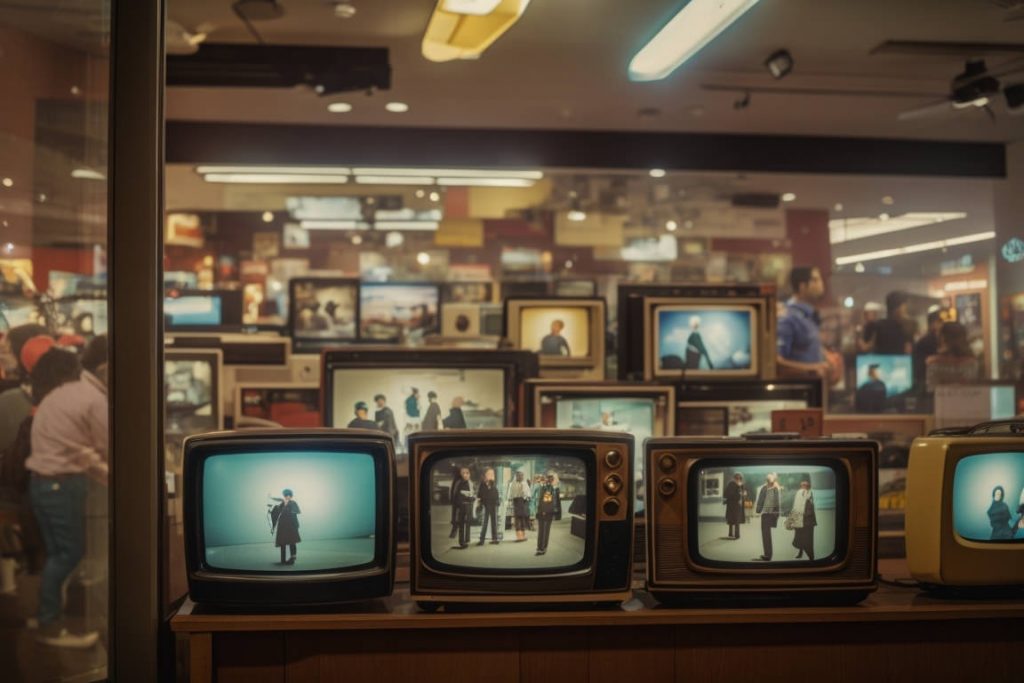With Netflix’s move to a streaming-only model, we will be limited to the quality offered by streaming platforms which, despite being satisfactory for a majority, still lag behind the superior quality rendered by Blu-ray discs. The bitrate in streaming services often peaks at about 25 megabits per second (which can be impacted by a low quality internet connection at a house), while Blu-ray discs operate at a bandwidth ranging from 82 to 128 megabits per second. This higher bitrate in Blu-ray discs translates to better picture and sound quality as it processes more data, reducing the level of compression and, consequently, the degradation in picture and sound quality that comes with it.
The resolution and color contrast provided by Blu-ray, particularly 4K Ultra HD Blu-ray discs, offer a more enriched viewing experience due to less compression, delivering better definition, contrast, and color. On the flip side, streaming services employ more compression to deliver content over the internet which can, at times, compromise the picture and sound quality, especially in scenarios with slower internet connections or during peak usage times.
The convenience and accessibility associated with streaming cann’t be overstressed. The ability to access a vast array of titles at the click of a button anytime (can sleep, catch up on your ‘must watch’ movie list without having to have a stack of DVDs waiting), anywhere, is a significant draw for many viewers. Besides, as internet speeds continue to improve and streaming technology evolves, the quality gap between streaming and Blu-ray discs might narrow down over time. The continued investment in enhancing streaming quality by companies could potentially bring streaming quality closer to that of Blu-ray discs, though the timeline for such parity remains uncertain.
It isn’t lost on me that there is an environmental impact of making and sending DVDs to people via services like Netflix vs streaming. I’m still looking into that though as it isn’t simple math. How many of those DVDs would have gotten boughten without Netflix? Netflix buys and and ships to many people. What is the impact of a Netflix package needing to be handled by trucks and people, the trucks create pollution but the people have jobs. And, streaming isn’t impact free, it needs power generated to run server farms, which though does employee people.
My feeling is that the shift to a streaming-only model could bring about a compromise in viewing quality, particularly for those accustomed to the superior quality of Blu-ray discs. Nonetheless, the trade-off between quality and convenience is a personal decision, and many may find the quality of streaming services to be “good enough,” especially as technological advancements continue to bridge the quality gap.

